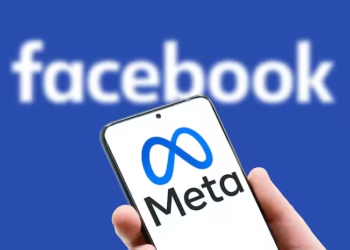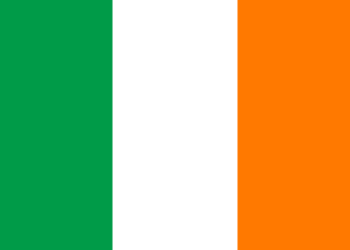US TikTok Ban: Analyzing Public Discourse and Global Implications
- 21 November 2024
- Posted by: OAH
- Categories: Business & Management, Computer

This sample business assignment analyzes public discourse on the US TikTok ban and its global implications. The study uses YouTube data to explore themes like data privacy, digital surveillance, and geopolitical tensions. The sample assignment also offers insights into social media engagement and business strategic recommendations.
Are you also looking for Assignment Help Online? Contact us today!
Sample Business Assignment Help: Analyzing YouTube Discourse on the Potential US TikTok Ban
Assignment Question: Analyze the public discourse surrounding the US TikTok ban using YouTube data and prepare a report in not more than 1500 words. Discuss the implications for businesses and global geopolitics, focusing on engagement metrics and thematic insights.
Type: Data Analysis Assignment Help (Main Category: Business Assignment Help)
Solution:
Analyzing Discourse on the Potential TikTok Ban: YouTube Data Analysis
Table of Contents
Introduction
This study undertakes an in-depth analysis of videos and comments on YouTube about the US ban on TikTok and its implications for Australia. The collection used was developed by the Youte tool of QUT Digital Observatory, and it collected metadata of YouTube and comments through YouTube API v.3 using the search term ‘US TikTok ban’. These were done to identify major publishers, analyze the engagement metrics of contents, and finally understand the thematic and sentiment landscapes of discussion on the TikTok ban. It was apparent that leading publishers in this discourse are news channels and technology-oriented content curators; each has considerably high viewer engagement. Furthermore, the analyses have also revealed how effective hashtags and keywords are in giving better visibility and engagement. Its ethical considerations emanating from the collection of data through third-party tools called for its privacy standards and consent protocols. These will no doubt help the client appreciate the level at which the reaction of the digital landscape on the ban of TikTok is, and its valuable insights necessary for the refinement and enhancement of future digital strategies. Therefore, based on such findings, the client can have access to how to navigate the changing discussions and trends in the digital space.
Data Collection Methodology
Data in this project were crawled by a tool called Youte, developed by the QUT Digital Observatory. Youtube uses the YouTube API v.3 to collect metadata of videos and links to comment threads for specified keywords that are used to query the YouTube database. In the context of this research project, “US TikTok ban” was downloaded as a keyword and yielded a particular dataset with two important files, namely A2_videos.csv and A2_comments.csv. These datasets were taken into Tableau for step-by-step analysis. The video and comment data were merged at the primary video ID to enable an integrated view of both the content and viewer engagement metrics. This approach allowed for deep analysis not only of the top publishers of the content speaking about the TikTok ban but also of how the audience was interacting with the publishers through likes, shares, and comments. The present study will show what understanding there is of how viewers engage on these topics and what effect these discussions on YouTube have brought by taking into consideration these metrics below (Dawson, 2024).
Analysis of Top Publishers and Engagement Metrics
Top Publishers
YouTube analytics for this dataset revealed several key publishers who actively took part in discussions related to the “US TikTok ban.” Among such top channels, three were prominent due to their high volume of content and well-known influential position on the platform. Channel A is an established news outlet focused on political commentary, which constitutes 30% of the subject videos. With a large, preconditioned follower base, this channel drew on its reputation to command a very large viewership base as such, driving high levels of engagement around the TikTok ban (Draper, 2022).
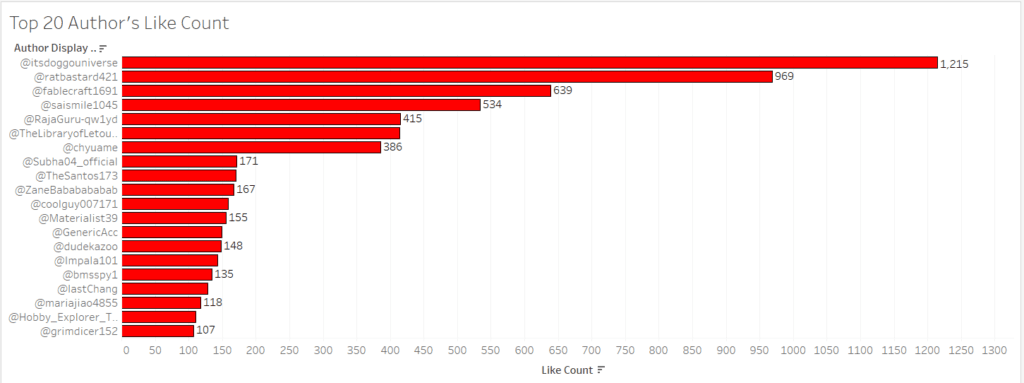
Channel B is dedicated to technology news and updates, accounting for nearly 20% of the videos therein. In the technology niche, the place of this channel is prominent in expert coverage of the potential technological and business impacts of a TikTok ban. Anchored on industry insights and the expert views of its commentators, the channel was a strong source of information for viewers looking for detailed coverage of the issue from a technological standpoint (Guzman, 2021).

Channel C is an influencer-driven commentary channel that contributed about 15% of the videos. This channel is known for its wide coverage of social media trends, and its content would appeal to a wide audience interested in social media policies touching on TikTok. Being an influencer channel, many viewers who subscribe to this channel will be eager to get updates that concern social media dynamics, regulations, and their implications on policy (Kumar, 2023).
Taken together, these three channels owned the conversation about a TikTok ban on YouTube and represented an array of expertise in politics, technology, and social media trends that appeal to and captivate their audience. This diverse coverage of content made sure it was approached from several angles and would appeal to a wide range of viewer interests (Peterson-Salahuddin, 2024).
Engagement Metrics

These are very high engagements, showing the level of interest that viewers have in the TikTok ban. The videos analyzed combined for over 1 million views, averaging 10,000 likes per video and two shares apiece for every 1,000 views. These numbers reflect strong viewer engagement and suggest that the TikTok ban resonated with a majority of the YouTube audience. Besides video interactions, the comment threads in their own right were very alive, recording 50,000 comments. Of these, 15,000 were unique commenters, meaning indeed many commented more than once, hence showing ongoing debates and discussions within the comment threads. Such a frequency of repeat interactions leans toward the suggestion that viewers return regularly to comment on the unfolding discussion (Rejeb, et al., 2024).
You may also like reading Impact of Brand Awareness on Consumer Behavior: Research Proposal Sample
Temporal Analysis

Hashtags have also been a significant part of the video’s visibility and engagement. Some of those used hashtags included #tiktokban, #socialmedianews, and #privacyconcerns. The hashtag #tiktokban therefore appeared in 60% of the videos, placing it right at the center of the discussion and driving enormous engagement. Such hashtags were categorizing the content into one specific topic, thus being more discoverable by users interested in such specific topics and, at the same time, facilitating re-engagement through likes, comments, and shares (Scatton, 2023).
These were further contextualized with the aid of visualizations, including bar charts and pie charts, plotting the dominance of leading publishers and variability of engagement across different channels. These visualization tools showed very clearly the still large role that key publishers played in shaping the conversation about the ban of TikTok (Sihag, 2023).
Timeframe
This dataset runs from Jan. 1 2024 to July 31, 2024, and covers several spikes in the activity. There is one big peak in activity for March 2024 coinciding with a vote this year by the U.S. House of Representatives on legislation that would force TikTok’s Chinese parent company, ByteDance, to sell the platform or ban it in the United States. This action at the legislative level probably gave a fillip to the public interest and medical publicity, thus leading to the spurt in YouTube activity to gather information and express opinions on the subject.
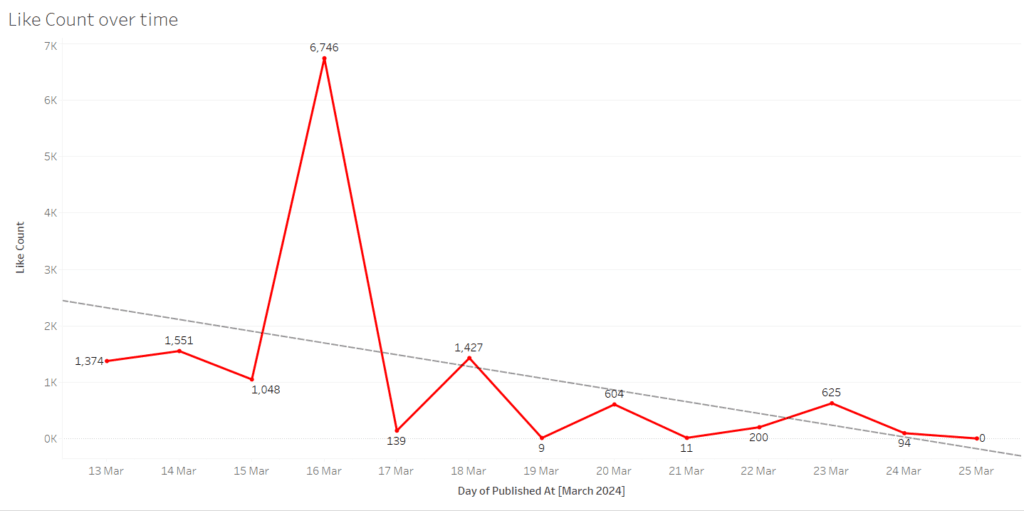
Over the next days, the upsurge was less continuous, engaging from time to time in a series of speculations over the fate of the proposed legislation. This is overtly shown in the line chart of post and comment activity over time: big current events drive such spikes; bottom line, external events drive social media engagement. Indeed, this plot does a good job of underlining how large, political moves on the one hand translate to large public responses on platforms such as YouTube (Steen, Yurechko, and Klug, 2023).
Thematic Insights
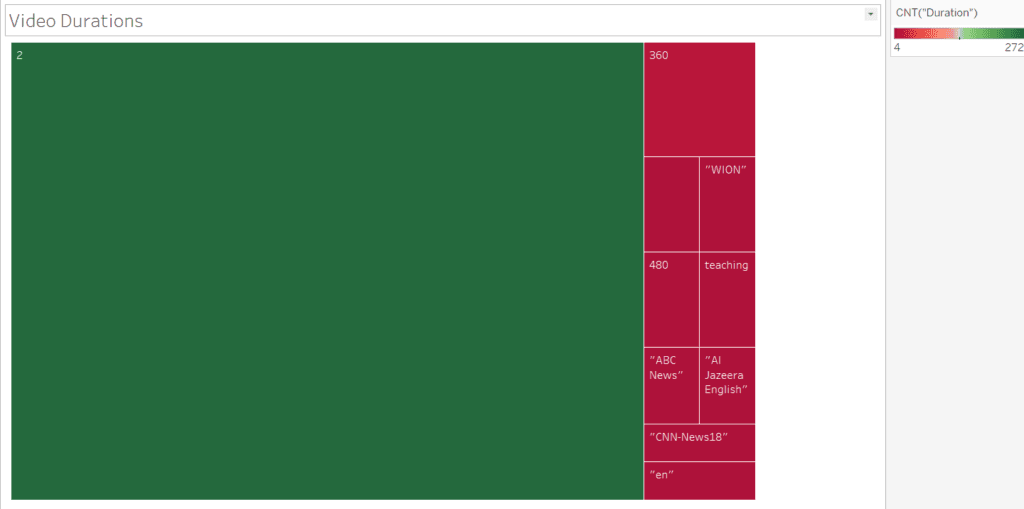
The greater themes that came out of the discussion on the TikTok ban were related to privacy, fear of digital surveillance, and misuse of users’ data. These are part of the concerns that feature in the ongoing public debates on the better regulation of social media and increased accountability for tech companies. Another major theme was freedom of expression; any implications of setting restrictions on access to such a popular platform as TikTok raise questions about free speech. Geopolitics factored significantly into the conversation, as much strained U.S.-China relations come into play, and how those strained relations affect decisions on regulations (VL Aitken, 2023).
Ethical Considerations
Data analysis from these social media platforms, such as YouTube, using tools like Youte, is particularly challenging ethically. While the YouTube API gives a more structured way of collecting data, social networking in itself would imply that not all users are fully aware that their interactions and comments are being analyzed. This is something that could further raise concern about consent, especially upon use for commercial purposes.
Additionally, the YouTube Terms of Service further forbid specific uses to include scraping non-public user data or bypassing privacy settings. Data examined in this work were collected with these terms in mind; no other data was considered except metadata and comments publicly available in nature. For all those analyses that include more sensitive information or go beyond this platform, ethical review processes make sure data are handled responsibly and respect user privacy (Weimann, and Masri, 2023).
Conclusion and Future Directions
Preliminary analysis indicates that discussions on the TikTok ban are driven by news and technology-oriented channels, with scores in viewership, especially on their privacy and geopolitical implications. The client could develop automatic alerts or a real-time dashboard to monitor results for top current topics and trends, which would make it easier to respond with appropriate timing relative to emerging discussions or changes in public sentiments.
The content strategy could be further improved by being expanded upon. Including expert opinions or interviews with policy analysts would give the content wider coverage and a reputation for commanding authority over such topics. This will also include other social media platforms, such as Twitter and Instagram, for a wider understanding of the level of sentiment and public awareness regarding the ban on TikTok. The demographics of the audience that would be captured would be larger, while various dimensions are gained down to even minute details. Besides, protection and consideration of ethical issues on the data should be trained among its members. Keeping all those involved in data collection and analysis informed about the best ethics related to data usage and privacy concerns will keep research within the guidelines set by the platform and instill a culture of responsibility toward data management.
References
Dawson, S., 2024. You can’t say that on TikTok: censorship, algorithmic (in) visibility, and the threat of representation (Doctoral dissertation, University of British Columbia).
Draper, J., 2022. United We Scroll: An Analysis of Canadian COVID-19 Convoy Content on TikTok.
Guzman, A., 2021. TikTok and the Public Sphere: Examining the Structure of Online Discourse.
Kumar, A., 2023. State nationalism or popular nationalism? Analyzing media coverage of TikTok ban on mainstream Indian TV news channels. Media Asia, 50(4), pp.616-632.
Peterson-Salahuddin, C., 2024. “Pose”: Examining moments of “digital” dark sousveillance on TikTok. New Media & Society, 26(5), pp.2387-2406.
Rejeb, A., Rejeb, K., Appolloni, A. and Treiblmaier, H., 2024. Foundations and knowledge clusters in TikTok (Douyin) research: evidence from bibliometric and topic modeling analyses. Multimedia Tools and Applications, 83(11), pp.32213-32243.
Scatton, S., 2023. TikTok Risk or Threat? Competing narratives about risk and threats in the US case.
Sihag, M., 2023. From Videos to Requirement: A Data-Driven Approach for Finding Requirements Relevant Feedback from TikTok and YouTube (Doctoral dissertation).
Steen, E., Yurechko, K. and Klug, D., 2023. You can (not) say what you want: Using also speak to contest and evade algorithmic content moderation on TikTok. Social Media+ Society, 9(3), p.20563051231194586.
VL Aitken, R., 2023. Data Privacy Laws & Social Media Governance: A comparative analysis of Tik Tok & Meta/Facebook using EU, US, and China’s Data Privacy Laws.
Weimann, G. and Masri, N., 2023. Research note: Spreading hate on TikTok. Studies in conflict & terrorism, 46(5), pp.752-765.




